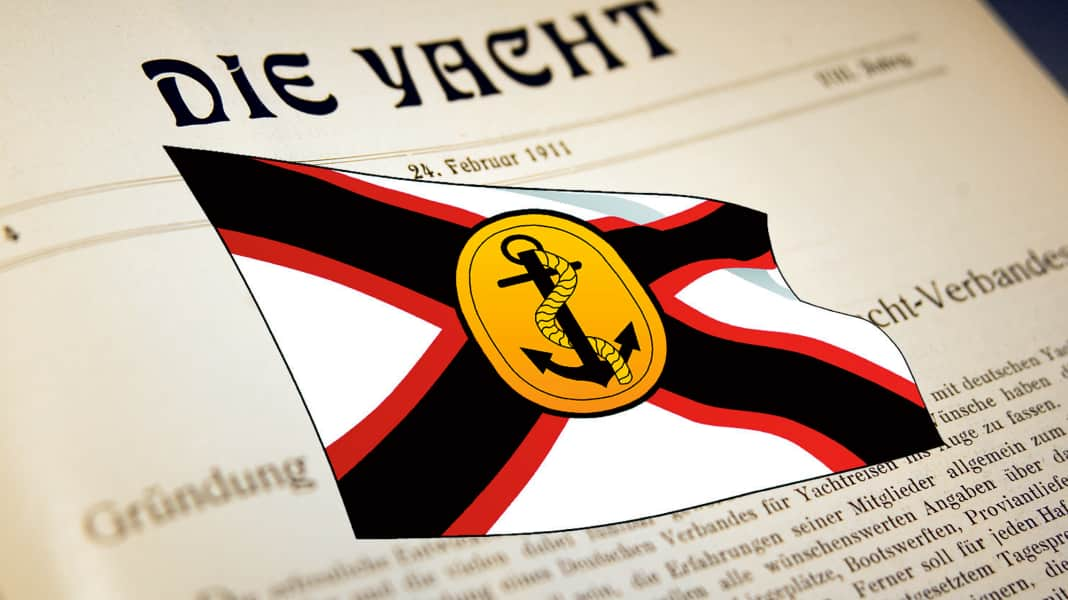German Sailing Association: Is the dissolution of the cruiser division imminent?

Every single department of the association is currently being scrutinised as part of a comprehensive strategy for the future. The discussion about the KA is now part of a planned reorganisation of the Cruising and Leisure Sailing division. This comprises the four committees "Ice, Land and Beach Sailing", "RC Sailing", "Leisure Sailing" and " DSV Cruiser Department ".
In fact, the cruiser division is the 1911 as the Kreuzer-Yacht-Verband The cruising sailors' interest group in Germany. Founded at that time as a counterpart to the purely regatta-orientated DSV, the home of cruising sailors merged with the DSV in 1917 and was henceforth known as the Cruiser Division.
Since then, it is no longer an independent association, but consists of individual members, unlike the DSV, in which only sailing clubs can become members. According to its own information, the KA is now the largest organisation for cruising sailors in Germany with around 16,000 members.
A (legally) peculiar construct
Legally speaking, the KA is "dependent" in accordance with the DSV's Basic Law, and being the "Chairman of the KA" is only one of the tasks of the DSV Executive Committee member elected by the Sailing Day and responsible for cruising and leisure sailing. In fact, the KA members meet every two years at the German Cruising Sailing Day and elect six further board members themselves. This is regulated in the KA's rules of procedure approved by the DSV Executive Committee, as the organisation does not have its own statutes.
The tasks of the KA as defined therein range from the publication of the "Nautical News" and up-to-date information sheets on topics of interest to cruising sailors to the annual cruising competition, which has been intended to promote the exchange of experience and cruising sailing as a sporting discipline since the KA was founded. In addition, the KA maintains a network of area representatives as contacts for members and advises them on cruise planning. In order to fulfil these tasks, the KA has four employees at its disposal at the DSV office.
Service offer for cruising sailors
The network and range of services for cruising sailors - which also includes numerous training and further education events and corresponding literature - on the one hand, and emotional reasons such as the long history and the cruising home in organised sailing with its own symbolism on the other, are still characteristics of the cruiser department today and also attract sailors who are not members of a DSV club. Because this is a KA admission requirement, the "Club der Kreuzer-Abteilung" (CKA) was founded especially for them in 1971 on the initiative of Hans-Otto Schümann. It quickly became the largest member club of the DSV and has remained so to this day with around 8,000 members.
The cruiser department was criticised by the DSV because its service was limited to its members. All those cruising sailors from DSV member clubs who are not members of the KA are not adequately supported by the DSV. This calls for a reorganisation of the entire cruising and leisure sailing division.
Unrest around the KA even earlier
There had already been unrest in the DSV about the cruiser department once before. In 1998, its board demanded greater independence from the DSV. The main issue was whether the KA should be allowed to determine the income from its membership fees on its own responsibility. This was rejected by the DSV, whereupon around 3,500 members left the KA and joined the independent Cruiser Yacht Club Germany as an independent organisation representing the interests of cruising sailors, which has since provided a similar service to the KA and which both individuals and clubs can join.
It remains to be seen whether it is legally possible for the DSV Executive Committee to dissolve the cruiser division without a corresponding vote by the KA members or the Sailing Council following a vote at the Sailing Day and how the interests of cruising sailors are to be represented under the umbrella of the DSV in future.

